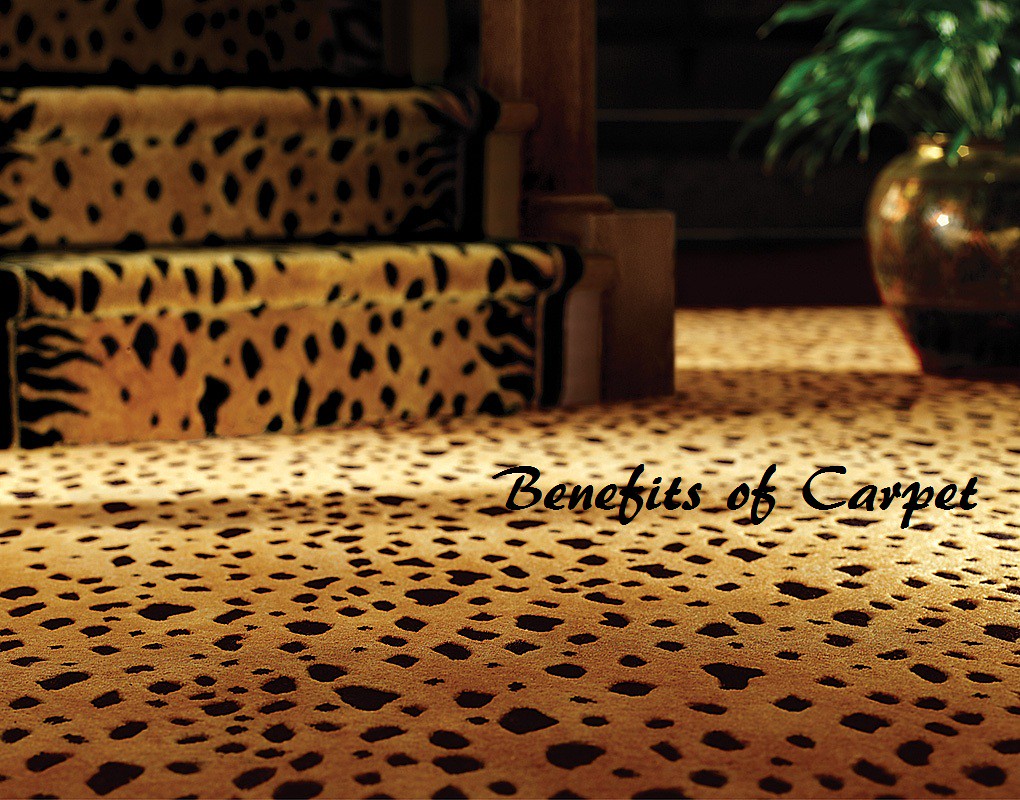There are many different products available on the market that will help you to remove almost all types of stains. The ideal solution in minimizing or totally removing stains is by simply cleaning the spills and dirt the moment they crop up. Cleaning them up won't even require you to leave your home just to rush out and buy the expensive types of cleaning products.
There are several ways to clean up stains simply by using products already available in your home which you use on a regular basis, such as detergents, rubbing alcohol, vinegar, lemon juice, etc. Its simply a matter of knowing how to use these common household products and the procedures involved to clean up stains. Below, you'll find some tips on how to clean up pet stains and some other types of common carpet stains.
Pet stain
For your first option you can use one teaspoon of clear, household type ammonia to a half cup of cold water. You can use this solution in a spray bottle or apply it to the carpet directly. It is very important not to wet the carpets backing when you apply the solution. After you have applied the solution, use paper towels to blot then allow it to dry completely.
For a second option, you can use detergent solution made of hand soap or dish soap. The combination is one quarter of a teaspoon detergent to one quart of water. You should always make sure the soap doesn't contain bleach or lanolin.
The third and best option, is to use water, it can re-hydrate the stain to help with removal. Most types of pet stains can be cleaned up by using a steam cleaner. Once you have finished, be sure to dry the area as thoroughly as possible.
Ink stains
1. You can purchase isopropyl rubbing alcohol at your local department or grocery store.
2. You can apply it by pouring some onto a clean white towel or cloth. You can use paper towels as well, as long as they are white.
3. Blot the stain as much as possible until it is removed.
4. Make sure you be careful, because if the stain is small, you need to blot in one direction only so you don't spread the stain.
Beer and wine stains
1. Mix a solution with one part white vinegar and one part water.
2. Apply the mixture to the stain using a spray bottle to saturate.
3. You should allow the stain to sit around ten to fifteen minutes.
4. Use a sponge and clean in a rubbing motion.
5. Rinse the area with warm water.
6. Brush the carpet pile back into the natural direction it has.
7. By using layers of white paper towels, place paper towels on top of the area, then something with weight on the paper towels. Allow everything time to sit like this until the area has dried.
TIP for removing pet stains.
There are several ways to clean up stains simply by using products already available in your home which you use on a regular basis, such as detergents, rubbing alcohol, vinegar, lemon juice, etc. Its simply a matter of knowing how to use these common household products and the procedures involved to clean up stains. Below, you'll find some tips on how to clean up pet stains and some other types of common carpet stains.
Pet stain
For your first option you can use one teaspoon of clear, household type ammonia to a half cup of cold water. You can use this solution in a spray bottle or apply it to the carpet directly. It is very important not to wet the carpets backing when you apply the solution. After you have applied the solution, use paper towels to blot then allow it to dry completely.
For a second option, you can use detergent solution made of hand soap or dish soap. The combination is one quarter of a teaspoon detergent to one quart of water. You should always make sure the soap doesn't contain bleach or lanolin.
The third and best option, is to use water, it can re-hydrate the stain to help with removal. Most types of pet stains can be cleaned up by using a steam cleaner. Once you have finished, be sure to dry the area as thoroughly as possible.
Ink stains
1. You can purchase isopropyl rubbing alcohol at your local department or grocery store.
2. You can apply it by pouring some onto a clean white towel or cloth. You can use paper towels as well, as long as they are white.
3. Blot the stain as much as possible until it is removed.
4. Make sure you be careful, because if the stain is small, you need to blot in one direction only so you don't spread the stain.
Beer and wine stains
1. Mix a solution with one part white vinegar and one part water.
2. Apply the mixture to the stain using a spray bottle to saturate.
3. You should allow the stain to sit around ten to fifteen minutes.
4. Use a sponge and clean in a rubbing motion.
5. Rinse the area with warm water.
6. Brush the carpet pile back into the natural direction it has.
7. By using layers of white paper towels, place paper towels on top of the area, then something with weight on the paper towels. Allow everything time to sit like this until the area has dried.
TIP for removing pet stains.





